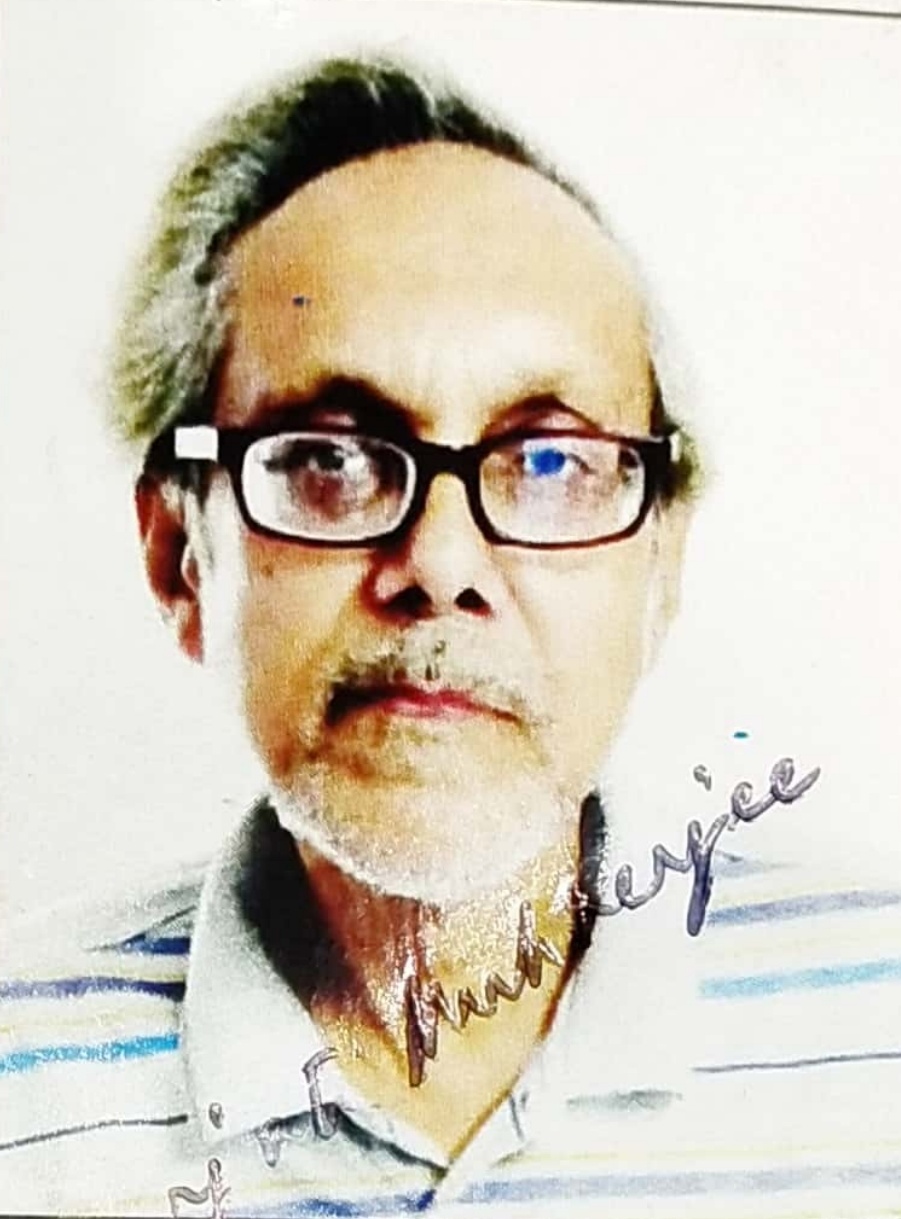States need to relook at the model jail manual brought in 2016 replacing the old jail manual
 Dhurjati Mukherjee I INFA Service
Dhurjati Mukherjee I INFA Service

Prisons are a requisite unit of the criminal justice system of the country and require serious attention. Over decades while the conditions prevailing in jails and the treatment meted out to prisoners has improved, it is not good enough, rather alarming in some States.
It is encouraging to learn the government is contemplating rehabilitating 90 percent of prisoners in the country, as mentioned recently by Union Home Minister Amit Shah. At the 6th All India Prisoners Duty Meet at Ahmedabad, he said that 90% of those sentenced are prisoners whose societal rehabilitation is very important, not only from a human point of view but also from the point of view of law and order.
“View with which jails are seen in society needs to be changed. Not every person jailed is criminal by nature, sometimes it’s circumstances which force their involvement. But it is a necessary process to keep society functional.” Stating the ‘process of punishment is very important, he opined that “it is also the responsibility of the jail administration that if a person is not a criminal by nature or habit, then they should be the medium to put back such prisoners into society.”
Advertisement
Those well-versed with the conditions in jails would put the most common problems ailing these as overcrowding, poor health and sanitation facilities, lack of hygienic food, discrimination, and inequalities among prisoners based on their religion and financial status, among others. In fact, the States need to think over the issue of overcrowding in prisons, as until overcrowding is not reduced, jail administration cannot be improved.
Overcrowding needs to be tackled given there is a rise in the crime rate and that the trial and disposal of cases in courts are tardy. Quite often, even without being convicted for the alleged offence during the pendency of the trial, the prisoner lives crucial years of his/her life behind bars under mental agony and emotional distress. Even if there is an acquittal, the years spent in jail will never be back and as is said ‘justice delayed is justice denied.’
In fact, States should provide video conferencing facilities with the court in every district jail, to deal with this. And along with modernising them, it is very important to equip them with technology, to make them safe from the point of view of security, and to have good living conditions for prisoners.

Importantly, the ‘modern’ concept of prisons has already given way to these being called ‘rehabilitation centres.’ But such centres need to be set up in all states. The financial crunch and lack of space are perhaps the biggest impediments to making this a reality. If prisoners can be categorised with emphasis added to the rehabilitation of women and children, the government can plan such centres over a five-year plan. Plus, every effort must be made to keep the undertrials, the most affected, in separate jails as they suffer wretched years while on trial in a court of law and awaiting justice.
States need to relook at the model jail manual brought in 2016 replacing the old jail manual. The Home Ministry says that many remedial points have been incorporated in this manual with emphasis on bringing in basic uniformity in human rights, reform and rehabilitation, and rules and regulations for prisoners through computerisation. There are special provisions for the rights of women prisoners along with aftercare facilities, good scientific manuals for prison inspection, rights of prisoners sentenced to death and provisions for employees looking after prison reforms.
Delving deeper into the problem, the decline in morality and the rise of hatred, violence, and jealousy may be attributed to the rise in crime and other related types of cases. The reduction in such cases calls for education and awareness generation at all levels so that the incidence of crime goes down. Simultaneously, the government has to allocate resources towards improvement in the condition of prisons, jointly with the respective State governments.

In 2018, the Supreme Court-appointed Justice Amitava Roy panel on prison reforms. The committee submitted its report in February 2020 with major recommendations which included that special fast-track courts are set up to deal with petty offenses to reduce overcrowding and that every new prisoner is allowed a free phone call a day to his family
members to see him through his first week in jail. Perhaps, the Supreme Court needs to pass directions to start the recruitment process against vacancies in courts.
Though various organisations have studied the problems of prisons and recommended laws to improve jail conditions, there is little follow-up. In many cases, prisoners come out of jails as hardened criminals more than as reformed wrongdoers willing to join the mainstream social processes. The emphasis on the correctional aspect needs to be strengthened through counselling programmes by experts. The mindset of the prison staff has to undergo a fundamental change and the management of prisons must be marked by discipline and due regard to the human rights of prisoners. Prison reform is not just about prison buildings, but what goes on inside them that needs to be changed.
One is inclined to refer here to open prisons, which are quite common in the Western world. In such prisons, there are no bars or no uniforms. Instead of old-style cells, there are rooms with beds, neat toilets, a kitchen, televisions, etc. Prisoners go for long walks, tend the garden, and more importantly, are paid reasonably for their work. The advantage is that it makes detainees better prepared to return to society. The management cost of such prisons is 33 percent lower than that of traditional prisons.

In India, some States have studied the concept. Hoshangabadin Madhya Pradesh has one such open prison built on 17 acres of land, where convicts during the last few years of their sentence are transferred from other prisons in the State to make them familiar with reformed environs. It is such a type of prison that need to be set up in each State.
It would also be prudent if the government framed a national policy on prisons and formed a National Commission on Prisons. As mentioned, the policy should outline ways and means of sensitising the staff about the need to treat prisoners as humanely as possible, and ensure the holistic development of prisoners through stress management, yoga, etc… The State and judiciary must ensure that prisoners are only deprived of their liberty and shouldn’t be exposed to any form of medical deprivation, unhygienic conditions, or bad or inadequate food and the State must fix accountability upon those who fail to ensure the prisoners’ safety and dignity in incarceration.
At the same time, from the societal perspective, it’s important that a prisoner should come out as a reformed person, preferably with the familiarity with some skilled work and capable to carry out his livelihood through that form of activity. The effect of prison life should pave the way for his future. —INFA
Promotional


